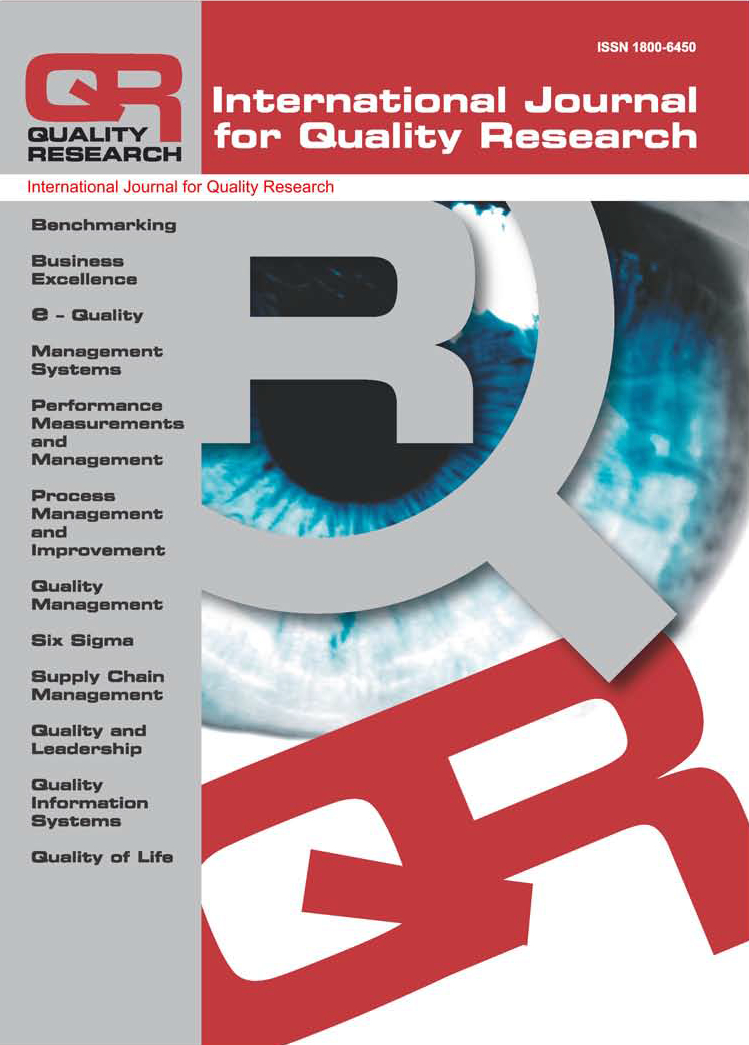THE ROLE OF AUTOMATIC SHAPE AND POSITION RECOGNITION IN STREAMLINING MANUFACTURING
Carlos A. Costa, João Mendonça da Silva, António Monteiro, Ana Isabel Filipe
Abstract: The main features of most components consist of simple basic functional geometries: planes, cylinders, spheres and cones. Shape and position recognition of these geometries is essential for dimensional characterization of components, and represent an important contribution in the life cycle of the product, concerning in particular the manufacturing and inspection processes of the final product. This work aims to establish an algorithm to automatically recognize such geometries, without operator intervention. Using differential geometry large volumes of data can be treated and the basic functional geometries to be dealt recognized. The original data can be obtained by rapid acquisition methods, such as 3D survey or photography, and then converted into Cartesian coordinates. The satisfaction of intrinsic decision conditions allows different geometries to be fast identified, without operator intervention. Since inspection is generally a time consuming task, this method reduces operator intervention in the process. The algorithm was first tested using geometric data generated in MATLAB and then through a set of data points acquired by measuring with a coordinate measuring machine and a 3D scan on real physical surfaces. Comparison time spent in measuring is presented to show the advantage of the method. The results validated the suitability and potential of the algorithm hereby proposed.
Keywords: Shape recognition, Gaussian curvatures, flatness, sphericity, cylindricity, conicity, metrology
DOI:
Recieved: 20.10.2014 Accepted: 16.01.2015 UDC: 664.8.036.58
Reads: 1547 







